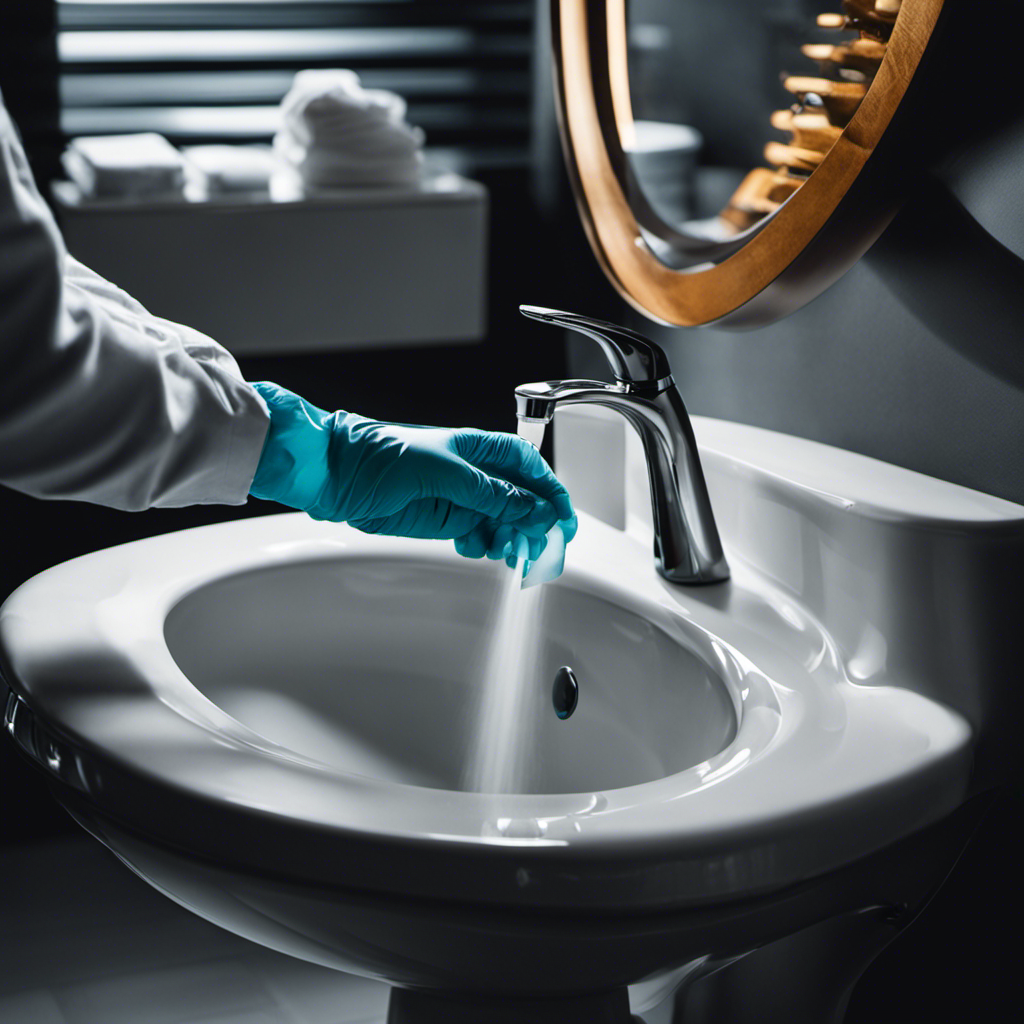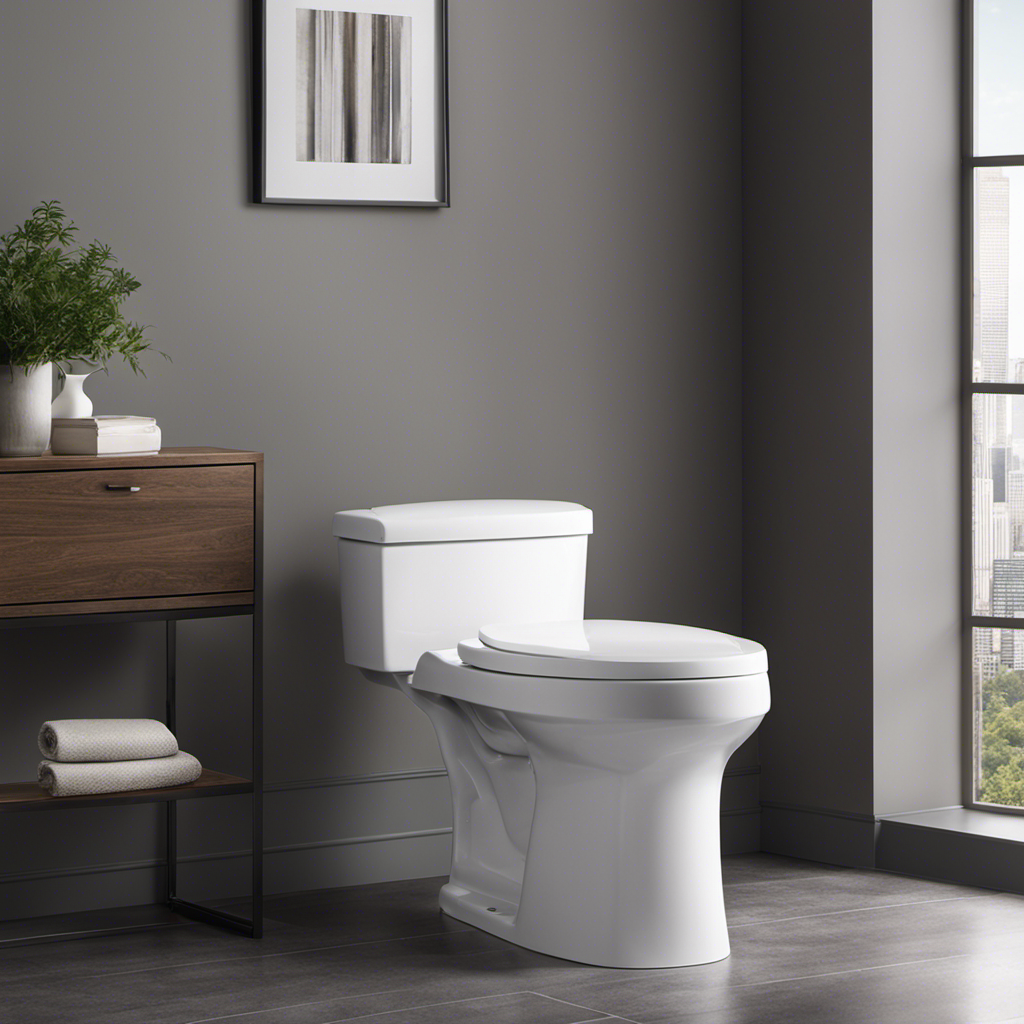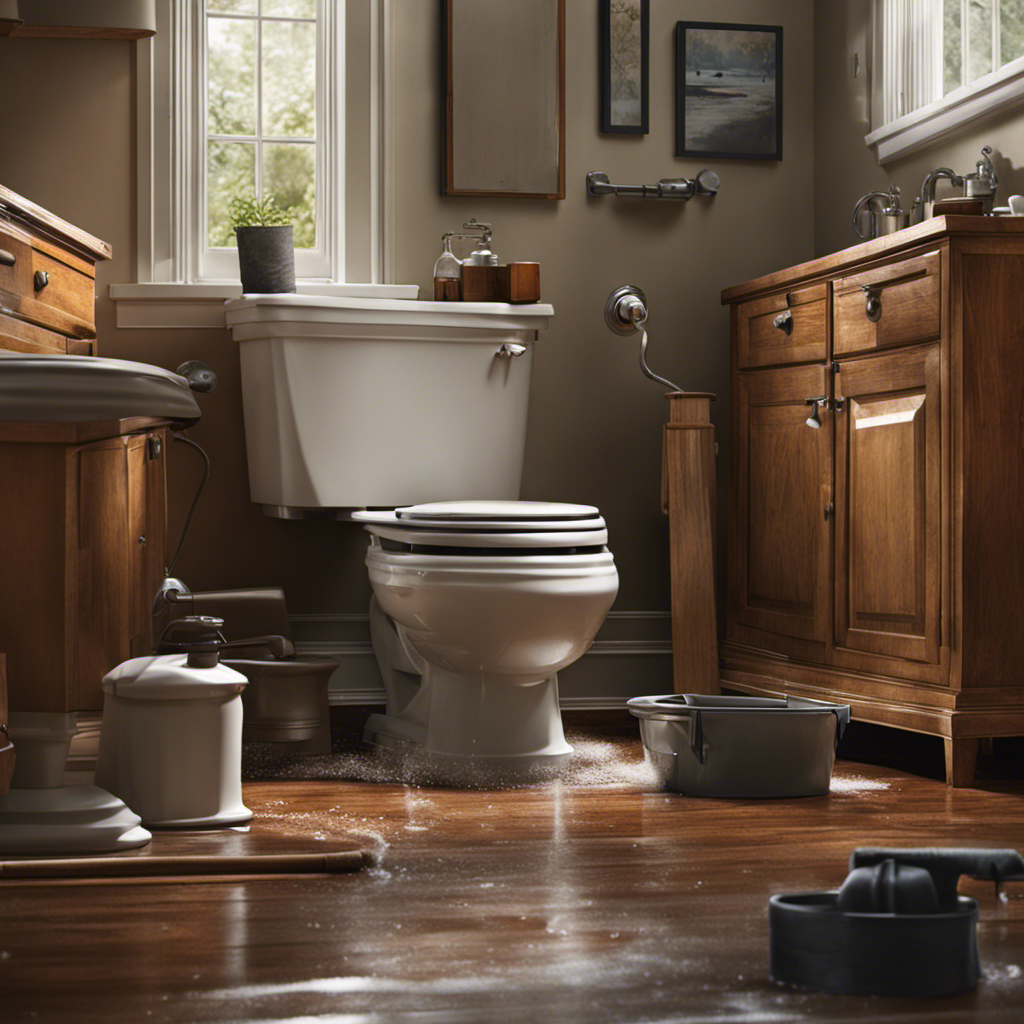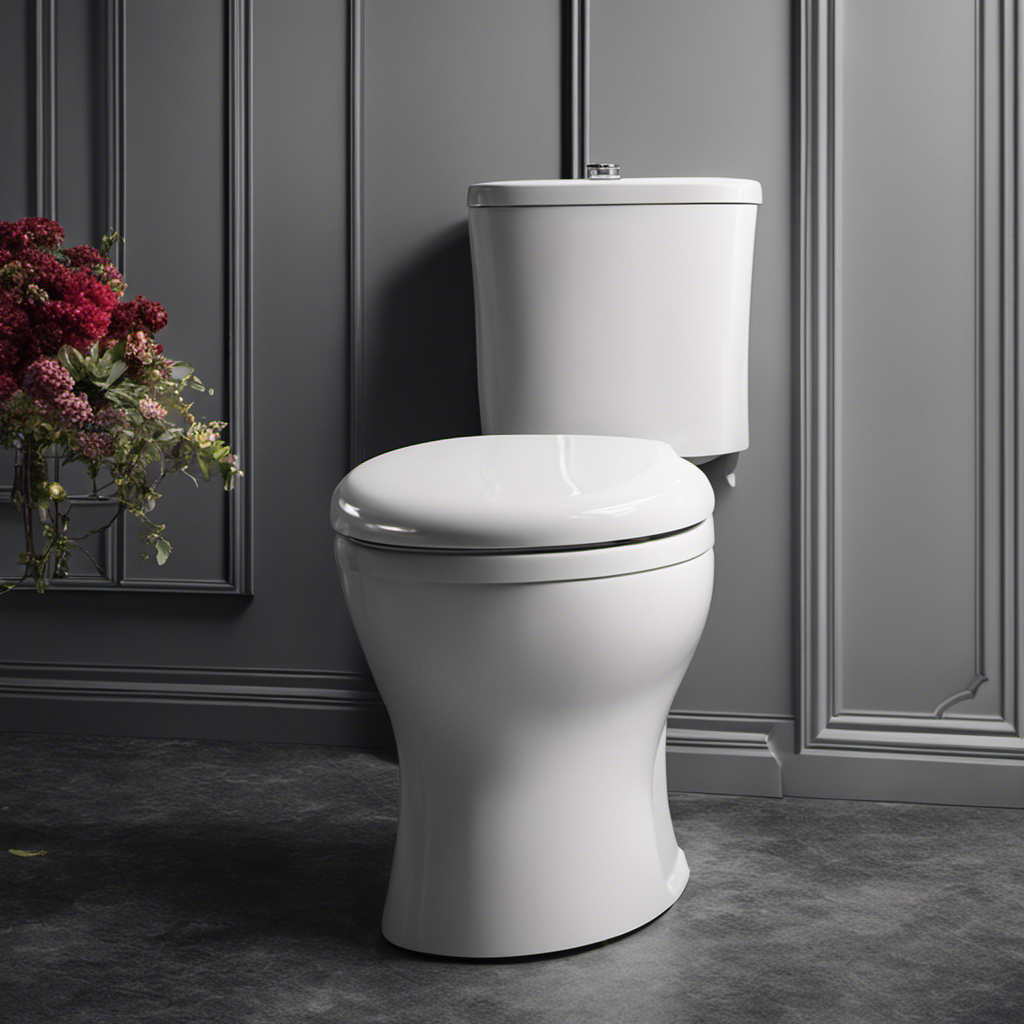Do you ever wonder about the hidden dangers lurking on toilet seats? Discover the impact of toilet seats on the spread of communicable diseases.
This article explores the role of toilet seat hygiene in disease transmission and delves into the research on the relationship between toilet seats and infections.
Uncover the factors that influence the spread of diseases via toilet seats and learn strategies to minimize the risk of transmission.
Get ready to take a closer look at this often overlooked breeding ground for germs.
Key Takeaways
- Maintaining proper toilet seat cleanliness is important for overall hygiene.
- Toilet seats can harbor various bacteria and viruses, but the risk of contracting an infection from a toilet seat is extremely low.
- Regular cleaning and disinfection of toilet seats can help minimize the risk of contamination.
- Practicing good personal hygiene, such as washing hands thoroughly after using the restroom, further reduces the chances of contracting or spreading diseases through toilet seats.
The Role of Toilet Seat Hygiene in Disease Transmission
The role of toilet seat hygiene in disease transmission hasn’t been definitively proven. However, maintaining proper toilet seat cleanliness is still important for overall hygiene and reducing the spread of germs.
While it is unlikely for diseases to be transmitted directly from a toilet seat, research has shown that harmful bacteria and viruses can survive on surfaces for varying periods of time. Therefore, it is crucial to practice good hand hygiene after using the toilet, regardless of the cleanliness of the seat.
Washing your hands with soap and water for at least 20 seconds can effectively remove any potential pathogens that may have been transferred from the toilet seat or other surfaces. Regularly cleaning and disinfecting toilet seats can also help minimize the risk of contamination.
Understanding the Potential for Disease Transfer Through Toilet Seats
Understanding how germs can be transferred through toilet seats is crucial in preventing the spread of diseases. While toilet seats are not the primary source of disease transmission, they can harbor various bacteria and viruses. Studies have shown that certain pathogens, such as E. coli and norovirus, can survive on toilet seats for hours or even days.
The level of cleanliness of a toilet seat plays a significant role in the potential for disease transfer. Public restroom hygiene practices, such as regular cleaning and disinfection of toilet seats, can help minimize the risk. Additionally, practicing good personal hygiene, such as washing hands thoroughly after using the restroom, can further reduce the chances of contracting or spreading diseases through toilet seats.
Research on the Relationship Between Toilet Seats and Communicable Diseases
Knowing more about how germs can be transferred through toilet seats can help you take necessary precautions to protect yourself from potential infections. Research has been conducted to explore the relationship between toilet seats and communicable diseases, debunking certain myths in the process.
One common misconception is that toilet seats are a major source of disease transmission. However, studies have shown that the risk of contracting an infection from a toilet seat is extremely low. This is due to the fact that many pathogens cannot survive for long periods of time on hard surfaces like toilet seats. Additionally, toilets are typically cleaned and disinfected regularly in public spaces.
While it is still important to practice good hygiene, such as washing your hands thoroughly after using the restroom, the evidence suggests that the risk of disease transfer through toilet seats is minimal.
Factors Influencing the Spread of Infections via Toilet Seats
Regular cleaning and disinfection, along with short pathogen survival on hard surfaces, significantly reduce the risk of infections spreading through toilet seats. Maintaining toilet seat cleanliness is crucial in preventing the transmission of communicable diseases.
When individuals come into contact with contaminated surfaces, such as toilet seats, there is a potential for the transfer of pathogens. However, studies have shown that the risk of infection through surface contact is relatively low. Pathogens typically cannot survive for long periods on hard surfaces, including toilet seats.
Additionally, the use of proper cleaning protocols and disinfectants further minimizes the likelihood of transmission. While it is important to practice good hygiene and regularly clean toilet seats, the impact of surface contact on the spread of infections is generally minimal.
Strategies for Minimizing the Risk of Disease Transmission From Toilet Seats
Implementing proper hygiene practices and regularly disinfecting toilet seats can significantly reduce the risk of disease transmission.
To ensure effective cleaning, it’s important to use appropriate strategies. Start by using disposable toilet seat covers or wiping the seat with disinfectant wipes before use.
After using the toilet, make sure to flush with the lid down to prevent the spread of bacteria and viruses through aerosolized droplets.
Next, clean the seat thoroughly using a disinfectant spray or wipes, paying special attention to the areas that come into direct contact with the body.
Finally, wash your hands with soap and water for at least 20 seconds to further prevent the spread of germs.
Conclusion
In conclusion, the impact of toilet seats on the spread of communicable diseases is often exaggerated. Research shows that the risk of disease transmission through toilet seats is minimal, as pathogens do not survive well outside the human body.
However, practicing good hygiene, such as washing hands thoroughly, is still important to prevent the spread of infections. Remember, ‘an ounce of prevention is worth a pound of cure.’
So, take the necessary precautions, but don’t let fear of toilet seats consume you. Stay informed and stay healthy!










